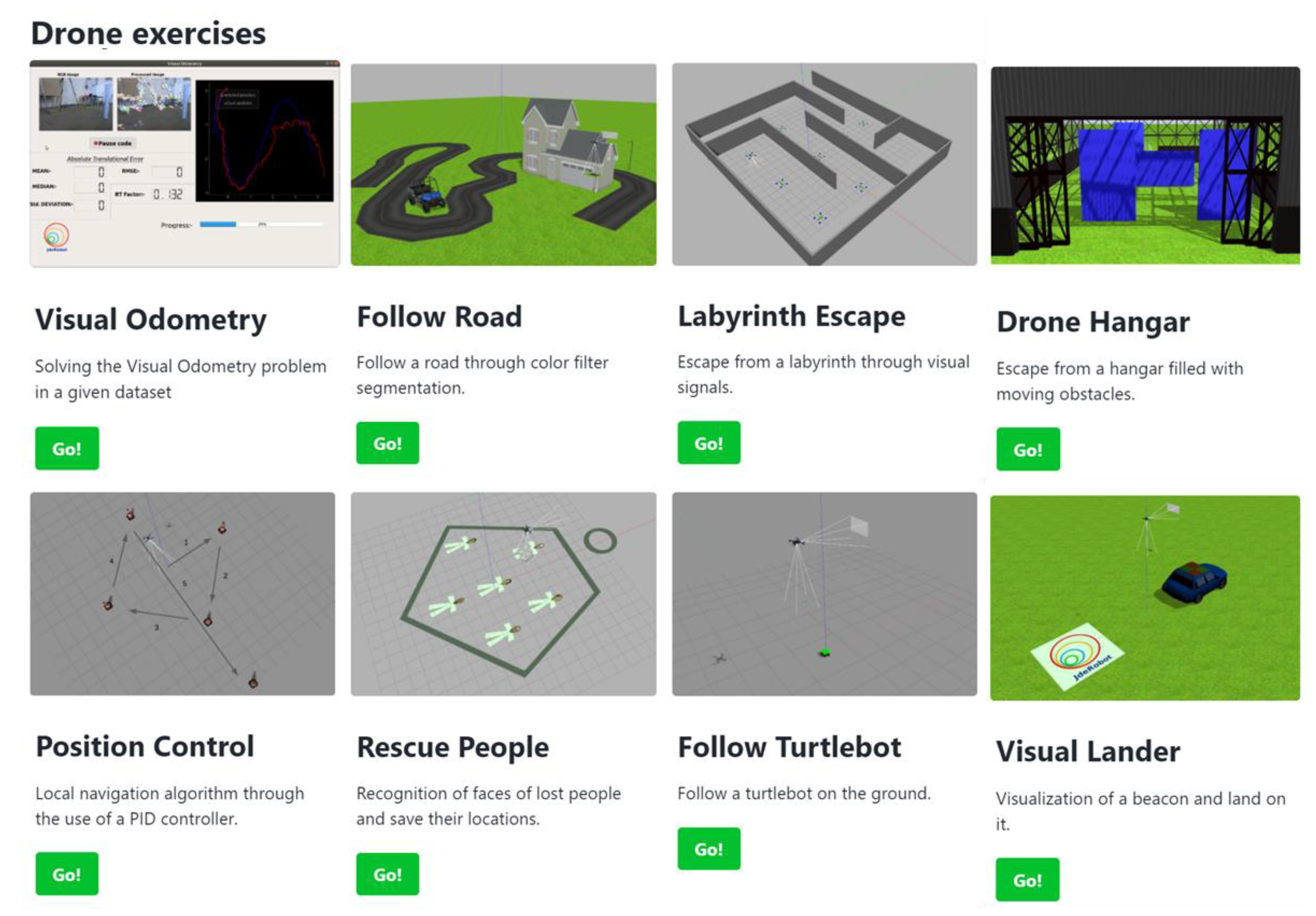The Quantum Labyrinth Mac OS
The Quantum Labyrinth Mac OS
- The Quantum Labyrinth Mac Os Download
- The Quantum Labyrinth Mac Os X
- The Quantum Labyrinth Mac Os 11
- The Quantum Labyrinth Mac Os Catalina
Readers soon see that Feynman achieved his breakthroughs in physics by collaborating with his mentor, John Wheeler…With the same clarity that has attracted readers to Einstein’s Dice and Schrödinger’s Cat and his other books of popular science, Halpern retraces the way this unlikely pair smashed traditional understandings of time…A compelling reminder that even the most triumphant science comes from vulnerable humans.
―Booklist (starred review)
The Quantum Labyrinth is the thoughtful and moving story of two great physicists and their entangled lives. Feynman and Wheeler’s exuberant creativity allowed them to explore the extremes of reality, finding the cracks and fissures of contemporary physics. Get all of Hollywood.com's best Movies lists, news, and more. Jung's Labyrinth is a psychological exploration game that uses Jungian psychology, mythology, alchemical and dream symbolism in a series of active imaginations to map the process of individuation. Confront your inner archetypes, collect messages that other travelers left behind and reach your Self.

Richard Feynman and John Wheeler, both consummate theoretical physicists, approached their subject in different ways. Feynman was a doer, Wheeler a dreamer. So Paul Halpern aptly describes them in The Quantum Labyrinth, his book about their lives, work and friendship, and the virtues of their complementary styles
―Nature
[Halpern] paints an evocative picture of the tension between cooperation and competition felt by researchers at the cutting edge.
―Library Journal
Go to any physics meeting and ask each person there for their list of the top ten most influential physicists of the 20th century. Lots of different names will appear, but everybody will name Einstein (of course!). Nearly all will mention Feynman and Wheeler, too. After reading Halpern’s thought-provoking book, you’ll understand why.
— Paul J. Nahin, Professor Emeritus of Electrical Engineering at University of New Hampshire and author of In Praise of Simple Physics
The Quantum Labyrinth Mac Os Download
In this exciting new book, Paul Halpern explores the strange counter-balance between two remarkable scientists. Everyone knows of Richard Feynman as a showman, but Halpern brings out Feynman’s true depth as a careful researcher of meticulous integrity and the perfect artisan to carry out John Wheeler’s revolutionary ideas. The result is a fascinating story.
— Frank Close, author of Half-Life and The Infinity Puzzle
The Quantum Labyrinth is the thoughtful and moving story of two great physicists and their entangled lives. Feynman and Wheeler’s exuberant creativity allowed them to explore the extremes of reality, finding the cracks and fissures of contemporary physics. Yet at the same time, they were instrumental in setting the foundations of our modern understanding of physical law.

| Minotaur: The Labyrinths of Crete | |
|---|---|
| Developer(s) | Bungie |
| Publisher(s) | Bungie |
| Designer(s) | Jason Jones |
| Platform(s) | Mac OS |
| Release | 1992 |
| Genre(s) | Role-playing, adventure |
| Mode(s) | Single-player, multiplayer |
Minotaur: The Labyrinths of Crete is a 1992 role-playingadventure video game for Macintosh by Bungie; produced by Jason Jones and Alex Seropian. The game distinguished itself from other games of its time by including a multiplayer mode that functioned over the AppleTalk protocol or Point-to-Point Protocol. A single-player exploration mode was also available, but this mode had no end goal and was useful to discover how the various items found in the maze operated. The game originated in 1988 as an Apple game played over a modem between two opponents, but was never officially released on that platform.
The game's tagline was 'Kill your enemies. Kill your friends' enemies. Kill your friends'. This tagline has reappeared as a description in the multiplayer menu screens for some of Bungie's other games, such as Myth: The Fallen Lords and Halo 3.
Bungie later licensed Minotaur's game engine to the studio Paranoid Productions (Richard Rouse) who used it to create Odyssey: The Legend of Nemesis, released in 1996.
Reception[edit]
Computer Gaming World favorably reviewed Minotaur although criticizing its not using the mouse and lack of a single-player option, and concluded that 'a group of dedicated opponents [that] enjoy fast-thinking and ad-lib strategizing will find long-lasting enjoyment from this game'.[1] The game was reviewed in 1992 in Dragon #188 by Hartley, Patricia, and Kirk Lesser in 'The Role of Computers' column. The reviewers gave the game 4 out of 5 stars.[2]
See also[edit]
- Pathways into Darkness, originally to be a sequel to this game[3]
The Quantum Labyrinth Mac Os X
References[edit]
The Quantum Labyrinth Mac Os 11
- ^Fisher, William C. (October 1992). 'A Designer Looks at Minotaur'. Computer Gaming World. p. 96. Retrieved 4 July 2014.CS1 maint: discouraged parameter (link)
- ^Lesser, Hartley; Lesser, Patricia & Lesser, Kirk (December 1992). 'The Role of Computers'. Dragon (188): 57–64.
- ^Rouse III, Richard (October 1993). 'IMG Interview: Bungie's Jason Jones'. Inside Mac Games.
External links[edit]
The Quantum Labyrinth Mac Os Catalina
- Minotaur: The Labyrinths of Crete at MobyGames
The Quantum Labyrinth Mac OS
